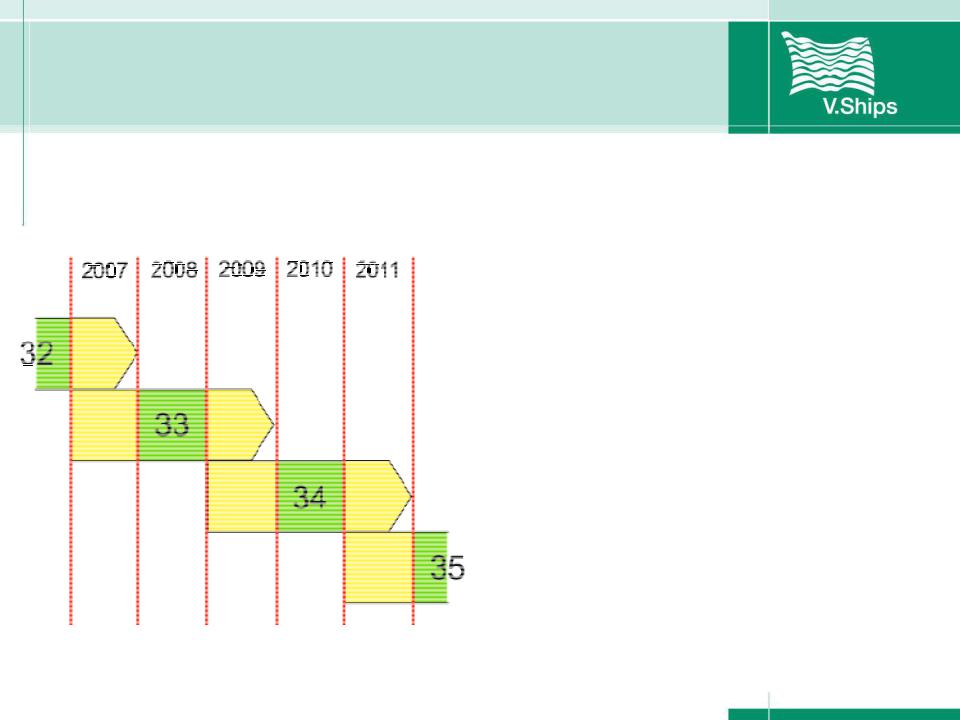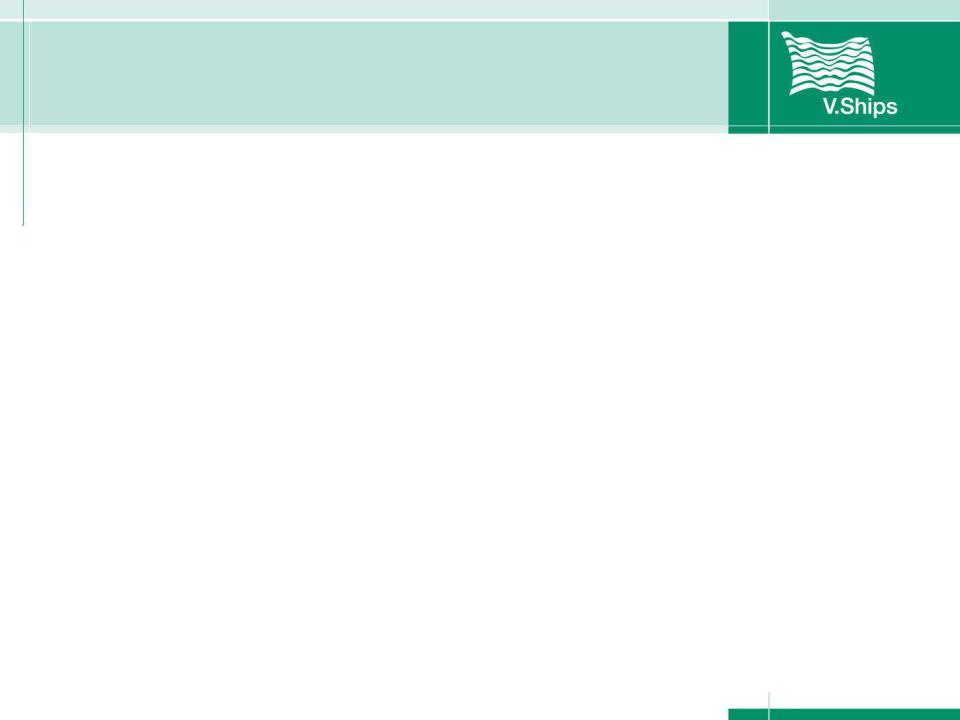
Chemical Tankers / Day 1 / Day 1 Topic 4 Safety Procedures
.pdf
IMDG CODE
•Requires standard documentation to be provided when dangerous goods are being transported.
•Lays down principles for ensuring that dangerous goods which will react dangerously together are kept apart.
•Lays down principles for where to place dangerous goods on board ship to ensure safe transport.
•Provides emergency response advice for dangerous goods involved in a fire or spillage on board ship.

IMDG CODE
Updating the IMDG Code
The IMDG Code is amended regularly and is updated every two years to take account of:
•New dangerous goods which have to be included.
•New technology and methods of working with or handling dangerous goods.
•Safety concerns which arise as a result of experience.

IMDG CODE
Each version of the Code is given an Amendment number to signify how many times it has been updated. This number appears at the bottom of each page together with the year of the Amendment.
The current Amendment is 33-06 which is valid until 31st December 2009.
However, from 1st January 2009 Amendment 34-08 can also be used because 2009 is a transition year which allows the use of both Amendments in tandem.
For full details and a tour of Amendment 34-08 please visit www.imdgsupport.com

IMDG CODE
• Each Amendment is valid for two years.
• There are alternating years for implementation.
• In January of the yellow years, a new Amendment is published and can be used immediately, subject to the timing of National Competent Authority adoption.
• During the yellow years, the preceding Amendment can also be used, so it is a transition year.
• In the green years, only the current Amendment may be used.

IMDG CODE
Although the Code is updated every two years, the basic structure remains consistent and once you have understood it you will be able to easily locate information in the future Amendment.

IMDG CODE
•The Code comprises of 7 parts.
•It is presented in two parts; Volume 1 and Volume 2.
•It is necessary to use both books to obtain the required information when shipping dangerous goods by sea.
•The Code also contains a Supplement.

IMDG CODE
Volume 1 (Parts 1-2 & 4-7 of the Code) comprises:
Part 1 General provisions, definitions and training
Part 2 Classifications
Part 4 Packing and tank provisions
Part 5 Consignment procedures
Part 6 Construction and Testing of Packagings, Intermediate Bulk Containers (IBCs), Large Packagings, Portable Tanks, Multi-Element Gas Containers (MEGCs) and Road Tank Vehicles
Part 7 Requirements concerning transport operations

IMDG CODE
Volume 2 (Part 3 and the Appendices of the Code) comprises:
Part 3: Dangerous Goods List (DGL) and Limited
Quantities Exceptions
The DGL is the central core of the IMDG Code and presents information on transport requirements in a coded form
Appendix A: List of Generic and N.O.S. (Not Otherwise Specified) Proper Shipping Names
Appendix B: Glossary of terms
Alphabetical Index

IMDG CODE
The supplement contains the following texts related to the Code:
•Emergency Response Procedures for Ships Carrying Dangerous Goods
•Medical First Aid Guide
•Reporting Procedures
•IMO/ILO/ECE Guidelines for Packing Cargo Transport Units
•Safe Use of Pesticides in Ships
•International Code for the Carriage of Packaged irradiated Nuclear Fuel, Plutonium and High-Level Radioactive Wastes on Board Ships

IMDG CODE
The purpose of the IMDG Code’s classification system is:
•To distinguish between goods which are considered to be dangerous for transport and those which are not.
•To identify the dangers which are presented by dangerous goods in transport.
•To ensure that the correct measure are taken to enable these goods to be transported safely without risk to persons or property (both within the port and on the ship).
